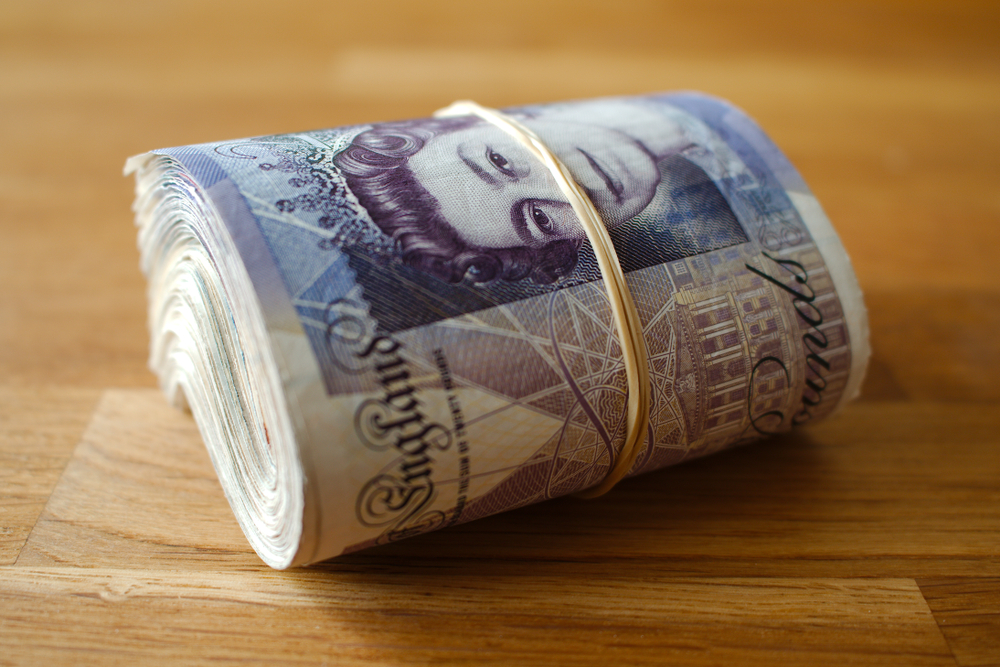Money Tips
Gulf between the well-off and the richest exposed

Guest Author:
Emma LunnThe top 1 per cent of earners are usually male, middle-aged, and based in London and the South East.
The Institute for Fiscal Studies (IFS) used data from income tax records to examine the scale of the gulf between the merely well-off and the very richest people in the country, and where they live.
It found that workers need to earn more than £50,000 a year to make it into the top 10 per cent of income tax payers, while you’d need to earn more than £150,000 to make it into the top 1 per cent, and in excess of £650,000 a year to be in the top 0.1 per cent.
Gender disparity
The IFS found that the top earners were overwhelmingly male. Men make up 83 per cent of the top 1 per cent of income tax payers and 89 per cent of the top 0.1 per cent. To be among the top 1 per cent of men requires an income of £200,000, while to be among the top 1 per cent of women requires an income of half that amount.
A 50-year-old man in London with an income of £160,000, enough to be in the top 1 per cent nationally, would not even be in the top 5 per cent of men in London in his age group. He would need an income of more than £700,000 a year to be among the top 1 per cent of men aged 45 to 54 years-old and living in London.
Geographical concentration
The IFS found that the top earners are concentrated in London and the South East. More than a third (35 per cent) of the top 1 per cent live in the capital, while more than half live in London and the South East.

Why Life Insurance Still Matters – Even During a Cost-of-Living Crisis
Sponsored by Post Office
Making it into the top 1 per cent of income tax payers in London requires an income of more than £300,000 a year. But the threshold for the top 1 per cent in Wales, the North East and Northern Ireland is about a third of that figure.
Between 2000–01 and 2015–16, nearly 6 per cent of men born in 1963 were in the top 1 per cent of income tax payers at some point. More than that will be in the top 1 per cent at some point in their life.
The IFS found that about one in three of the top 1 per cent are business owners. This figure includes 14 per cent who are partners, usually in hedge funds, law firms and the medical industry. More than a third of the income of the top 0.1 per cent comes from partnership and dividend income.
Robert Joyce, deputy director at the IFS, said: “The highest income people are very over-represented in the country’s south east corner, most of them are men, and many are in their 40s and 50s. This geographic and demographic concentration may be one reason why many of those on high incomes don’t realise quite how much higher their incomes are than the average. The sheer scale of the gap between the top 1 per cent and the top 0.1 per cent may also help explain that.
“It is also important to realise that many more than 1 per cent of the population will at some point in their lives have incomes that will place them in the top 1 per cent. Very few will be in the top 1 per cent all their lives.”